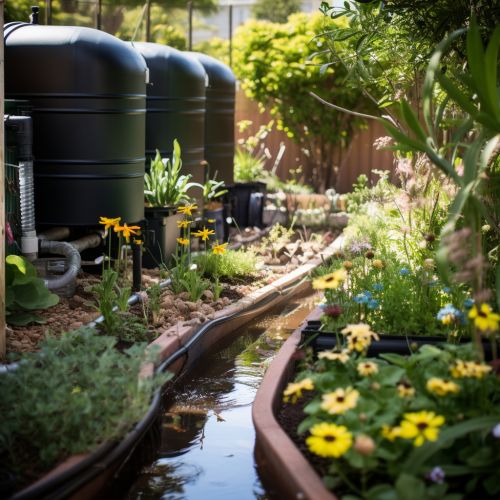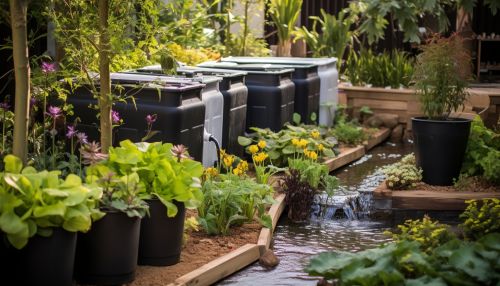Greywater
Introduction
Greywater or sullage is the waste water generated from domestic activities such as dish washing, laundry and bathing. It is distinct from blackwater in the amount and composition of its chemical and biological contaminants. While blackwater is characterized by higher levels of organic materials, pathogens, and nutrients, greywater is generally cleaner and easier to treat and reuse.
Classification
Greywater is typically classified into three categories based on its source: bathroom greywater (from showers, baths, and hand basins), laundry greywater (from washing machines), and kitchen greywater (from dishwashing). Kitchen greywater is often excluded from reuse applications due to its high concentration of organic material, fats, and other substances that are difficult to treat.
Characteristics
The characteristics of greywater vary greatly depending on the source and the specific household activities. However, it generally contains lower levels of nitrogen and phosphorus compared to blackwater. It also has a lower Biochemical Oxygen Demand (BOD) and Chemical Oxygen Demand (COD), indicating a lower level of organic pollutants.


Treatment
Treatment of greywater involves physical, chemical, and biological processes. The first step is often a physical process such as screening or sedimentation to remove large particles. This is followed by biological treatment, which can be aerobic or anaerobic, to degrade organic pollutants. Finally, chemical treatment may be used to remove specific contaminants or to disinfect the water.
Reuse
Reusing greywater can significantly reduce the demand for fresh water, especially in arid regions. It can be used for irrigation, toilet flushing, and even washing clothes. However, it is important to treat greywater appropriately before reuse to protect human health and the environment.
Regulations
Regulations for greywater reuse vary by country and even by region within a country. They often specify the allowable uses of greywater, treatment requirements, and monitoring and reporting obligations. It is important to comply with these regulations to ensure safe and sustainable greywater reuse.
Environmental Impact
The environmental impact of greywater reuse is generally positive, as it can reduce the demand for fresh water and decrease the volume of wastewater discharged to the environment. However, if not properly treated, greywater can pose risks to human health and the environment due to its potential to contain pathogens and pollutants.
